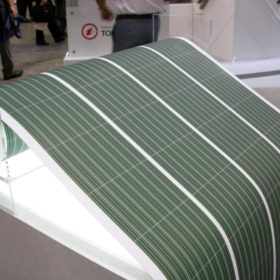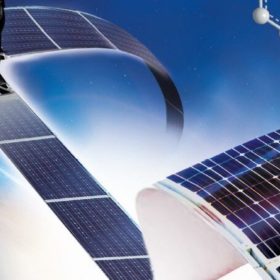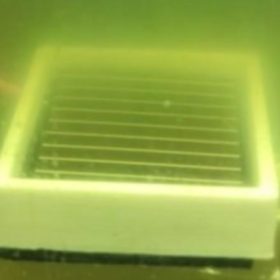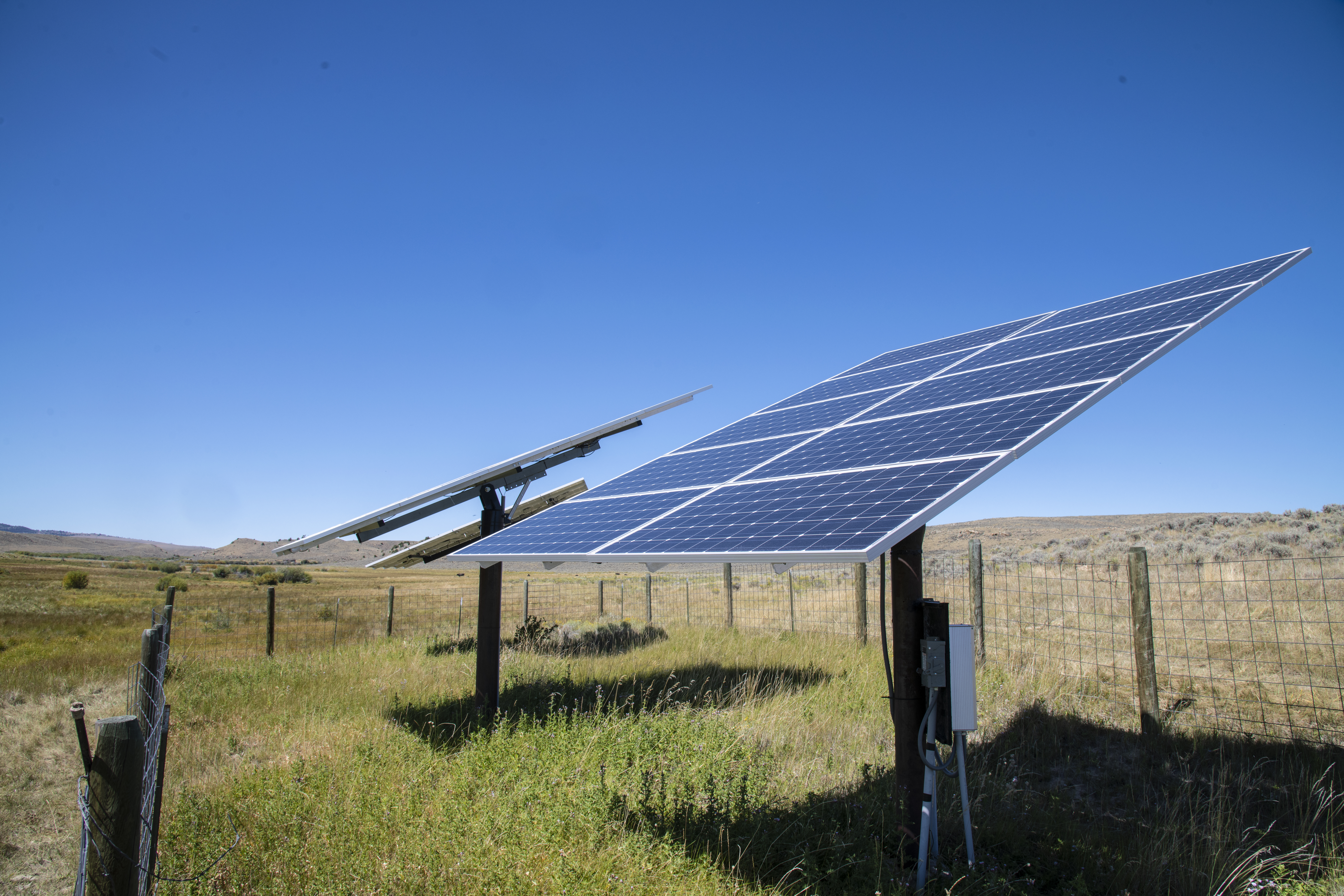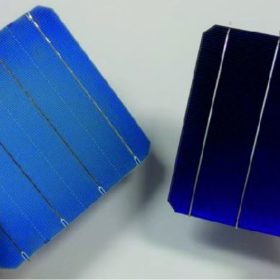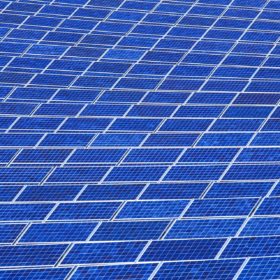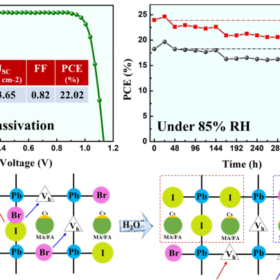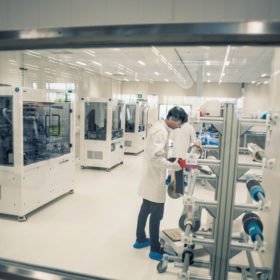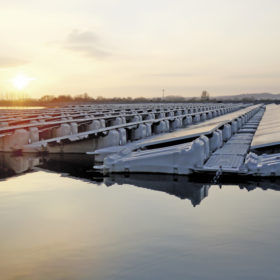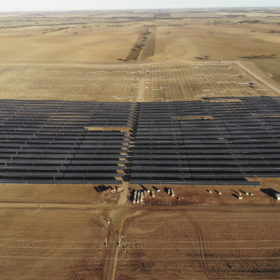Self-healing polymeric coating for organic PV
A new polymer developed by Indian researchers can mend its own cracks when exposed to ultraviolet light. The unique ability makes it an ideal candidate as a smart coating for photovoltaic solar devices to prevent damages and increase performances.
What’s cooking in Eni’s PV lab?
Researchers at the Italian oil group are trying to improve organic photovoltaics and luminescent solar concentrators and a new supercomputer with sophisticated algorithms will help them with the solar energy puzzle.
How do solar cells work underwater?
Although cells lose much of their power yield when submerged, they may not be useless. Researchers in India say submerged cells could be used in monitoring sensors and for other commercial and defense applications. An amorphous silicon cell from Panasonic was tested in their study.
A multi-level inverter for solar water pumps
Scientists in India have tested a new inverter topology with a single-phase, induction-motor water pump. The seven-level inverter, with five power semiconductor switches, is said to be particularly efficient at reducing switching losses thanks to a pulse width modulation technique.
A graphene-doped tandem perovskite cell with 26.3% efficiency
Italian researchers have added graphene to the titanium dioxide electron selective layer used in a perovskite cell to increase chemical stability. The two-terminal cell was made by stacking two sub-cells which were fabricated and optimized separately.
Dutch golf club to diversify with 147 MW solar park but will grid congestion bunker the plans?
PV project developer Solarfield is planning to build a plant under the SDE+ renewables incentives program. Construction is planned to start in 2021. The solar park will be in the province of Flevoland, one of the areas where grid congestion is jeopardizing the deployment of large scale solar.
Moisture-resistant perovskite cell with 22.02% efficiency
Scientists in China have used a fluorine-containing Lewis acid treatment to develop a perovskite cell that is said to retain between 63% and 80% of its initial efficiency after 14 days under 75% and 85% relative humidity.
Future perspectives on solid-state storage
Solid-state batteries are viewed by many as the most promising technology to succeed today’s lithium-ion technologies in many energy storage applications. But there are still plenty of barriers to large-scale use of this type of battery. An international team of scientists has reviewed recent progress with the technology, and examined the form and chemistry that commercial solid-state batteries might take.
Is thin-film best for offshore PV?
Superior hydrodynamic properties, more robustness in high seas and a much reduced logistics requirement support the case for thin-film over crystalline silicon, pontoon-mounted alternatives, according to an Indo-Italian research group.
Australian state frees itself from federal shackles to unlock more grid capacity
The government of Victoria has decided to break from national electricity rules and introduce legislation to fast-track priority projects such as grid scale batteries and transmission upgrades, and make room for more large scale solar and wind. The announced reforms have prompted a flurry of reaction.
